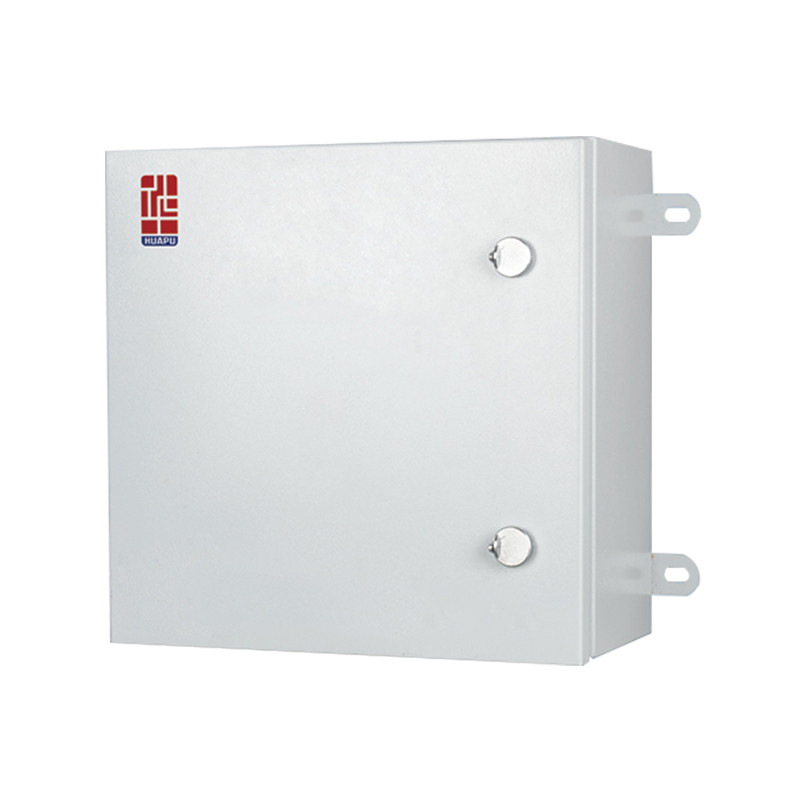Industry News
Design and Construction Features of PV Distribution Boxes
A photovoltaic (PV) distribution box is an essential component in solar power systems, serving as a central point where the electrical output from solar panels is managed and distributed safely. These boxes help organize the wiring, protect electrical components, and facilitate system maintenance, contributing to the overall efficiency and safety of solar installations.
The primary function of a PV distribution box is to consolidate the electrical circuits coming from multiple solar panels or strings. It collects the direct current (DC) generated by solar modules and channels it toward the inverter or other power conditioning equipment. By doing so, the distribution box simplifies the electrical layout and makes it easier to monitor and control the flow of electricity within the system.
In addition to circuit consolidation, PV distribution boxes provide a secure enclosure for vital electrical devices, such as fuses, circuit breakers, surge protectors, and disconnect switches. These devices protect the solar system from electrical faults, overloads, and lightning surges, enhancing operational reliability and safety.
PV distribution boxes are typically designed to withstand outdoor environmental conditions since many solar installations are exposed to sunlight, rain, dust, and temperature variations. The enclosures are made from materials such as UV-resistant plastic, stainless steel, or powder-coated metal, which provide resistance against corrosion and mechanical impact.
An important aspect of the design is ensuring a suitable ingress protection (IP) rating, usually IP65 or higher, which ensures that the box is sealed against dust and water penetration. This is critical to maintaining the functionality and longevity of the internal electrical components.
The interior layout of a PV distribution box is organized to accommodate different wiring sizes and configurations. Cable entry points use grommets or gland fittings to maintain a tight seal while allowing cables to pass through safely.
Inside a typical PV distribution box, several components work together to ensure proper system function and protection:
Fuses or Fuse Holders: These provide overcurrent protection, breaking the circuit if current exceeds safe limits.
Circuit Breakers: Allow manual or automatic disconnection of circuits during maintenance or in fault conditions.
Surge Protection Devices (SPDs): Protect the system from voltage spikes caused by lightning or grid disturbances.
Disconnect Switches: Enable safe isolation of the PV array from the rest of the system for inspection or repair.
PV distribution boxes are widely used in various solar power setups, from small residential rooftop systems to large commercial solar farms. Their role becomes increasingly important as the number of solar modules and strings increases, requiring efficient management of multiple electrical connections.
These boxes help streamline installation and reduce the risk of wiring errors by providing a central location for connecting and protecting the system’s electrical circuits. They also facilitate quicker troubleshooting and maintenance by allowing easy access to key components.
When installing a PV distribution box, several factors should be taken into account:
Location: The box should be mounted in an accessible yet protected area, avoiding direct exposure to extreme weather when possible.
Compatibility: It should match the electrical ratings of the solar system, including voltage and current specifications.
Ventilation: Proper ventilation may be necessary to prevent overheating of internal components.
Compliance: Installation should adhere to local electrical codes and standards to ensure safety and regulatory approval.
The PV distribution box is a crucial element in solar power systems, providing a safe, organized, and efficient way to manage electrical connections from solar panels. Its protective features and modular design contribute to the longevity and reliability of PV installations.

Next
Features and Uses of Large Outdoor Electrical Junction Boxes
<p><a href="/product/" target="_blank">Electrical connection boxes&l...
View More- PRODUCTS
- New Energy Power Distribution Equipment
- Box Type Substation
- Cable Branch Box/Switch Station
- High Voltage Switchgear
- Low Voltage Switchgear
- Engineering Vacuum Circuit Breaker
- New Energy Vehicle Floor Charging Pile
- Commercial Energy Storage
- Photovoltaic Complete Box
- High Voltage Arrester
- INFORMATION
-
-
Phone+86-13868788848
+86-13356188725 -
Tel+86-0577-88810567
-
E-mail
-
AddNo. 59, Youyi Road, Xinguang Industrial Zone, Liushi Town, Yueqing City, Zhejiang, China
-
- ENQUIRE WITH US
Photovoltaic Module Manufacturer




 English
English  中文简体
中文简体  русский
русский  Español
Español  عربى
عربى 


